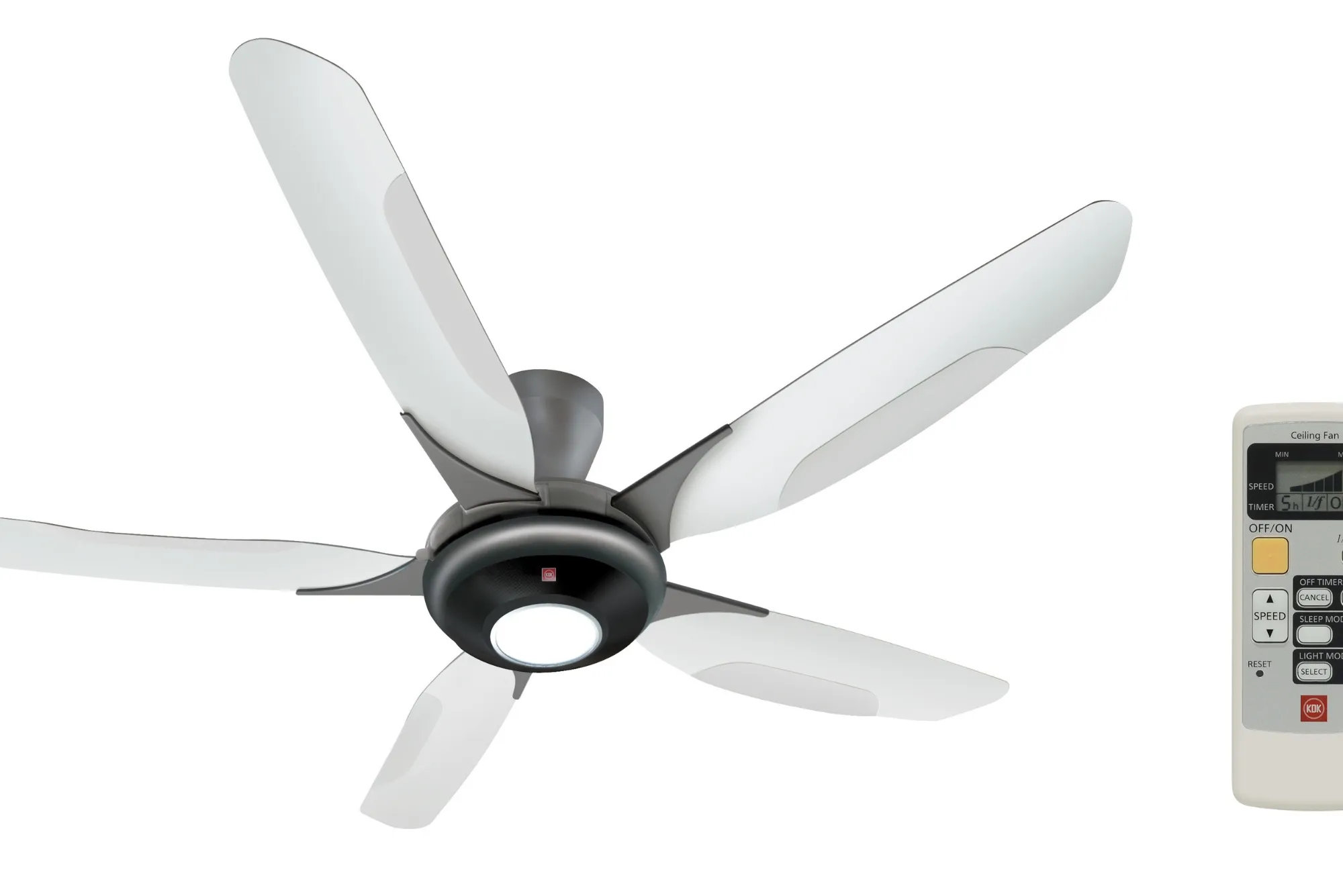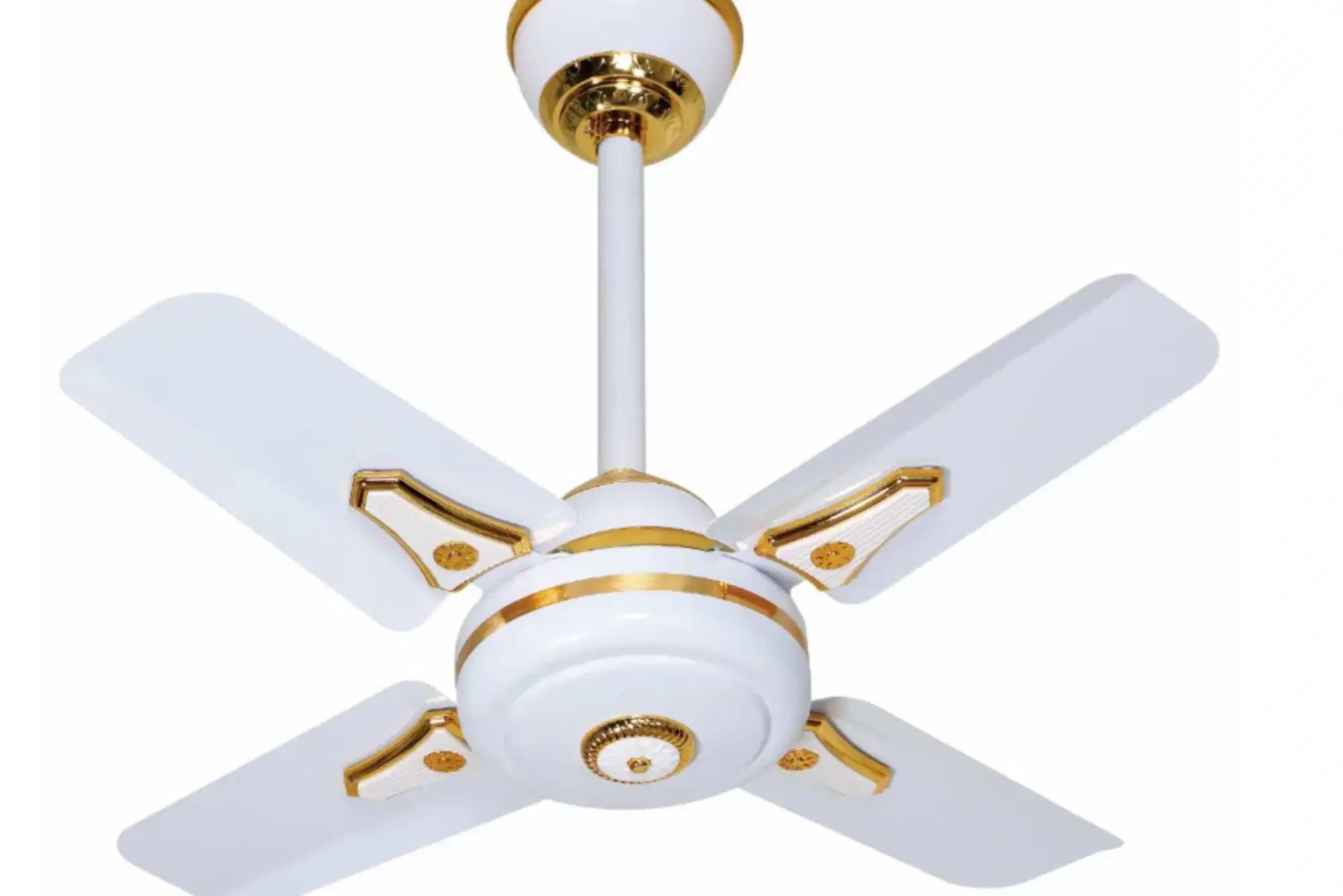Installing a ceiling fan is a great way to enhance the comfort and energy efficiency of your home, and WellSpeed ceiling fans are particularly known for their modern designs and reliable performance. In this article, we will take you through the entire process of installing a WellSpeed ceiling fan, from the tools you’ll need to troubleshooting any potential issues. Whether you’re an experienced DIY enthusiast or a first-time installer, this guide will ensure a smooth installation experience.
Why Choose WellSpeed Ceiling Fans?
WellSpeed ceiling fans stand out in the market due to their combination of durability, stylish designs, and energy efficiency. These fans are designed to provide powerful airflow while operating quietly, making them a perfect addition to any room. Available in a wide range of models and sizes, WellSpeed fans cater to various aesthetic preferences, from sleek, modern designs to more traditional looks. They are especially popular for their energy-saving features, as they help reduce cooling costs by circulating air efficiently. Choosing WellSpeed means investing in a product that blends performance with a focus on sustainability, which adds value to both your home and lifestyle.
Tools and Materials You’ll Need
Before diving into the installation process, it’s important to ensure you have all the necessary tools and materials at your disposal. This not only saves time but also helps prevent interruptions during the installation. For a WellSpeed ceiling fan installation, you’ll require a few basic tools, including a Phillips screwdriver and a flathead screwdriver for securing parts, as well as a wire stripper to handle the electrical connections. It’s also crucial to have a circuit tester to verify that the power is off before handling any wires. A sturdy ladder will be necessary for reaching the ceiling, while pliers and electrical tape will assist with wire connections. Lastly, the ceiling fan mounting bracket included in the kit is essential for securing the fan to the ceiling. Having these tools organized and ready will set you up for a smooth and efficient installation.

Safety Precautions
When installing a ceiling fan, particularly when working with electrical components, safety should always be your top priority. Before you begin, ensure the power is completely turned off at the circuit breaker. Simply flipping the switch on the wall is not sufficient, as electricity may still be flowing to the wires. Use a circuit tester to confirm that no electricity is reaching the wires where the fan will be installed. It’s also a good idea to wear insulated gloves to protect yourself from electrical shocks. For added safety, consider having someone assist you, especially when handling the fan during installation. Ceiling fans are often heavier than they appear, and a second set of hands can help support the fan while you connect the wires. Taking these simple yet crucial safety steps will help prevent accidents and ensure that the installation goes smoothly.
Preparing for Installation
Before starting the actual installation of the WellSpeed ceiling fan, preparation is key. Begin by turning off the power at the main electrical panel, ensuring that there’s no risk of electrical shock while you work. Afterward, remove any existing light fixture or old ceiling fan from the ceiling box. Carefully unscrew and detach it, taking note of the wires and how they are connected. This can serve as a useful reference when connecting the new fan. Once the old fixture is removed, inspect the ceiling box to confirm it is fan-rated. Ceiling fans are significantly heavier than light fixtures, so the box must be able to support the additional weight and the motion of the fan. If it’s not fan-rated, it will need to be replaced before proceeding. These preparatory steps are essential to creating a safe and secure foundation for the fan installation.
Assembling the WellSpeed Ceiling Fan
Once the ceiling is prepped, it’s time to assemble the WellSpeed ceiling fan. Begin by referring to the manufacturer’s instructions, which come with the fan. These instructions provide a detailed breakdown of the assembly process, ensuring that the fan is put together correctly. Typically, the first step involves attaching the fan blades to the motor housing. Use the screws provided in the kit, ensuring that each blade is firmly secured. This part of the process is crucial because uneven or improperly attached blades can cause the fan to wobble during operation. If your fan model includes a downrod for higher ceilings, follow the instructions to install it properly. The downrod ensures that the fan hangs at the correct height for optimal airflow in rooms with high ceilings. Once the fan is fully assembled, you are ready to mount it to the ceiling.

Mounting the Ceiling Fan
Mounting the WellSpeed ceiling fan to the ceiling requires precision to ensure the fan operates smoothly and safely. Start by installing the mounting bracket, which will be attached to the ceiling box. Secure the bracket tightly with the screws provided, ensuring it is level and firmly in place. A secure bracket is essential, as it will support the entire weight of the fan. Once the bracket is installed, lift the fan and hang it temporarily on the bracket’s hook (if available). This will hold the fan’s weight while you work on connecting the electrical wires, making it easier to manage.
Electrical Connections
The electrical wiring is one of the most important aspects of ceiling fan installation. Connecting the wires correctly ensures that the fan and any attached lighting kit will function properly. Begin by identifying the wires coming from both the ceiling and the fan. In most cases, the black or blue wire from the fan will connect to the black wire from the ceiling, which is the hot wire. The white wire from the fan should connect to the white wire from the ceiling, which is the neutral wire. Finally, the green or bare wire from the fan will connect to the ground wire from the ceiling. Once the wires are matched, twist them together using wire nuts, and then wrap them with electrical tape for added security. Carefully tuck the wires back into the ceiling box to keep them out of the way of the fan blades and motor.
Attaching the Fan Blades and Light Kit
After the wiring is complete, you can move on to attaching the fan blades and optional light kit. Securely fasten the fan blades to the motor housing using the provided screws. It’s important to ensure that the blades are evenly spaced, as this will prevent the fan from wobbling during use. If your WellSpeed fan includes a light kit, follow the manufacturer’s instructions to connect the wiring and attach the light fixture. The light kit wiring is typically straightforward, involving a simple connection between the light kit and the fan’s wiring system. Once the light kit is attached, ensure that all screws are tight and that the fixture is securely in place.
Testing the Ceiling Fan
Now that the WellSpeed ceiling fan is fully installed, it’s time to test it. First, restore power to the fan by turning the circuit breaker back on. Use the fan’s remote control or wall switch to turn it on, and test the different speed settings to ensure the fan is operating correctly. Check for smooth, quiet rotation and proper airflow. If your fan includes a light kit, test the lights to make sure they are functioning as expected. Take a moment to observe the fan’s performance and listen for any unusual noises, which could indicate that something needs adjustment.
Troubleshooting Common Issues
Even with careful installation, there may be some common issues that arise. For instance, if the fan wobbles, it may indicate that the blades are not evenly spaced or that they were not attached tightly. In such cases, check the blade screws and consider using a balancing kit to correct any imbalance. If the fan does not turn on, double-check the electrical connections and ensure the power is on at the circuit breaker. If the fan makes unusual noises, it could be due to loose screws or improperly attached components. Tighten any loose parts and test the fan again.
Maintenance Tips for WellSpeed Ceiling Fans
To keep your WellSpeed ceiling fan in top condition, regular maintenance is recommended. Dust the fan blades periodically to prevent dirt buildup, which can impact both performance and appearance. Every few months, check the screws to ensure they remain tight, especially if the fan has been used frequently. If the fan starts to wobble over time, use a blade balancing kit to restore balance. By maintaining your ceiling fan, you’ll ensure it runs efficiently and quietly for years to come.
Installing a WellSpeed ceiling fan is a great way to enhance the comfort and energy efficiency of your home. By following the detailed steps in this guide, from preparation to final testing, you can ensure a successful and safe installation. With proper maintenance, your WellSpeed ceiling fan will provide long-lasting performance, helping you stay cool and comfortable in style.










